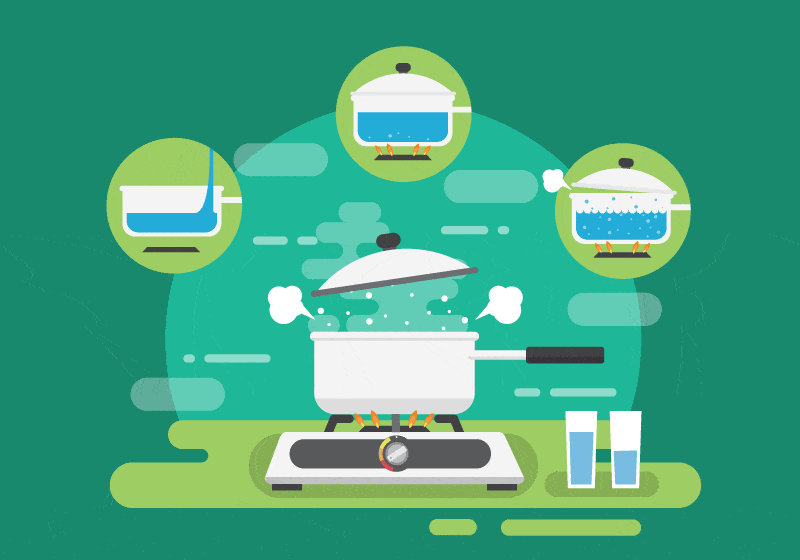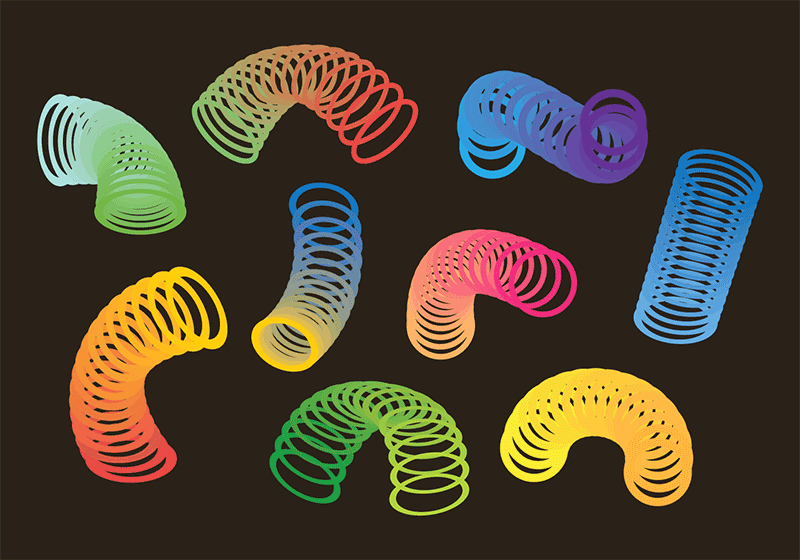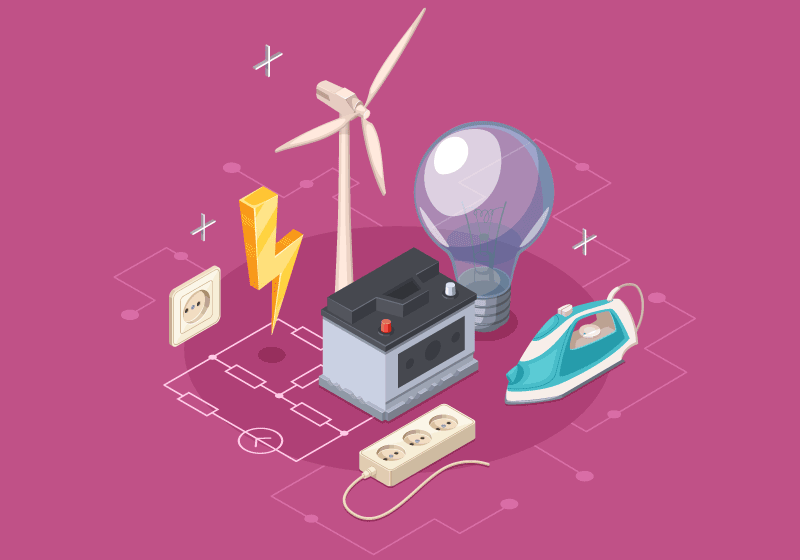Wave Speed
Wave speed is given in meters per second (the number of waves that pass per second). Wavelength is measured in meters and frequency is measured in hertz (Hz), or number of waves per second.
Demo
In this tutorial you will learn how to calculate the speed of a wave.
The equation for this calculation is written like this:
$v = { \text f \; \text x \; \lambda }$
Chilled practice question
Calculate the velocity of a wave with a wavelength of 6 m and a frequency of 50 Hz
Frozen practice question
Find the velocity of a wave which has a time period of 10 s and a wavelength of 24 m, you will need to calculate the frequency from the wave period equation first.
Science in context
Wave speed is given in meters per second (the number of waves that pass per second). Wave Speed = Frequency x Wave length. Wavelength is measured in meters and frequency is measured in hertz (Hz), or number of waves per second.
Millie’s Master Methods
Millie’s Magic Triangle
The ability to rearrange equations is the first step to successfully solve Physics calculations. Millie’s…
Calculation Master Method
Performing and mastering this routine will guarantee you maximum marks when solving Physics calculations. Calculation…
The Fridge Physics Store
Teacher Fast Feedback
Feedback to students in seconds – Voice to label thermal bluetooth technology…
Get Fridge Physics Merch
Why not buy a Fridge Physics baseball cap, woollen beanie, hoodie or polo shirt, all colours and sizes available. Free delivery to anywhere in the UK!…













